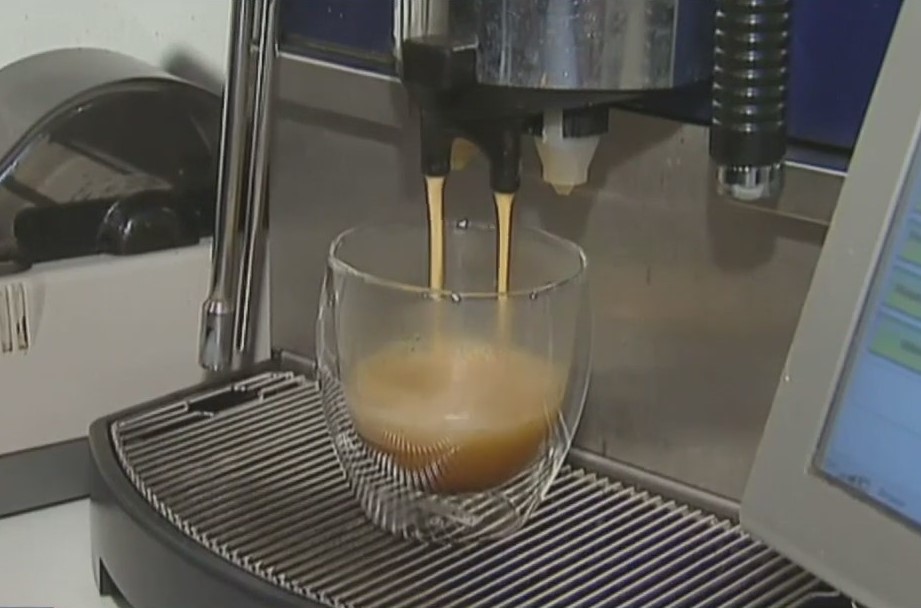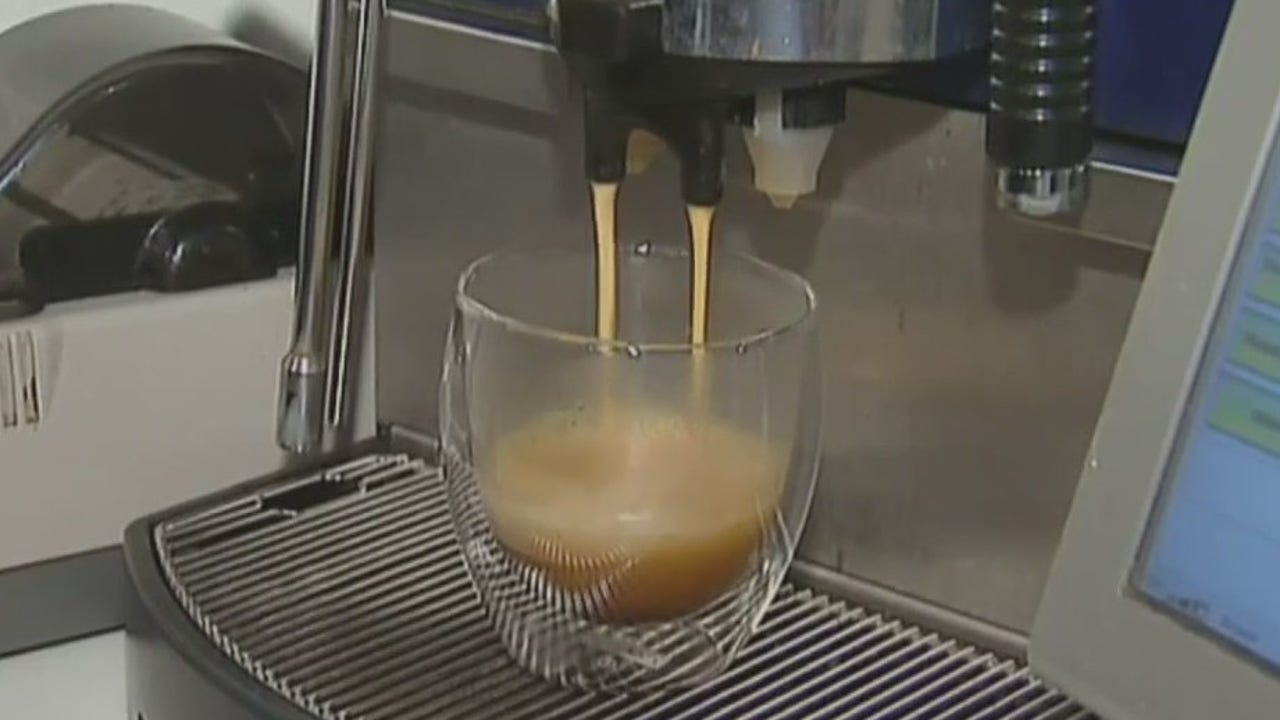 San Jose State chemistry course brews up lessons in the science of coffee
San Jose State chemistry course brews up lessons in the science of coffee
More than 2 billion cups of coffee are consumed around the world every day, making it the most popular drink on Earth after water. Now, a group of students at San Jose State University is learning what goes into that perfect cup — not just in terms of taste, but in chemistry, physics and engineering.
SAN JOSE, Calif. – A new course at San Jose State University is giving students a scientific reason to drink more coffee — in the name of chemistry.
The class, called The Design of Coffee, uses roasting and brewing to teach students principles of chemistry, physics, and engineering. It’s the brainchild of Liat Rosenfeld, an associate professor of chemical engineering at SJSU.
“I am a coffee drinker,” Rosenfeld said with a laugh. “This idea has been in the works for a few years. We were inspired by UC Davis, which has run a similar course for the past decade, and they were generous in sharing their materials.”
San Jose State made one big change — the class fulfills a general education requirement for physical sciences and lab credit. That decision helped make it an instant hit. The course is at full capacity this semester, Rosenfeld said, with a long waitlist and plans to add more sessions.
Students attend two lectures each week and one three-hour lab, where they apply what they’ve learned by experimenting with real coffee.
“For example, we teach concepts like mass transfer and flow through a porous medium — which, in this case, is the coffee bed,” Rosenfeld explained. “We also teach pressure-driven flow, like espresso brewing. Then students test how those factors affect the coffee’s taste and chemical composition.”
In the lab, students measure variables such as pH and analyze how acidity relates to flavor — whether a coffee tastes more sour or bitter.
When asked what most influences a perfect cup, Rosenfeld didn’t hesitate: grind size.
“It’s definitely underrated,” she said. “Grind size has the biggest impact on extraction — how the chemical compounds move from the grounds into the water. Changing it changes everything.” Rosenfeld said fine coffee grounds provide more flavor than course grounds, because of the extraction process.
She also offered some practical advice for coffee lovers. “Grind your beans as close to brewing as possible,” she said. “You want to grind it as soon as you can before brewing so that it is fresh.” Rosenfeld said the longer the time between grinding and extraction, the more bitter the coffee becomes.
As for her students, Rosenfeld hopes they’ll walk away with more than just a caffeine buzz. “They’re learning to connect what they study in class to something they experience every day,” she said.
More than 2 billion cups of coffee are consumed globally, every day. That makes coffee the second-most popular drink in the world – second only to water.

